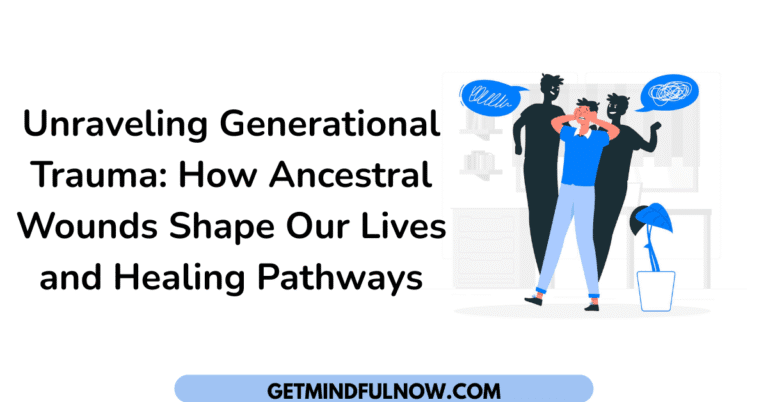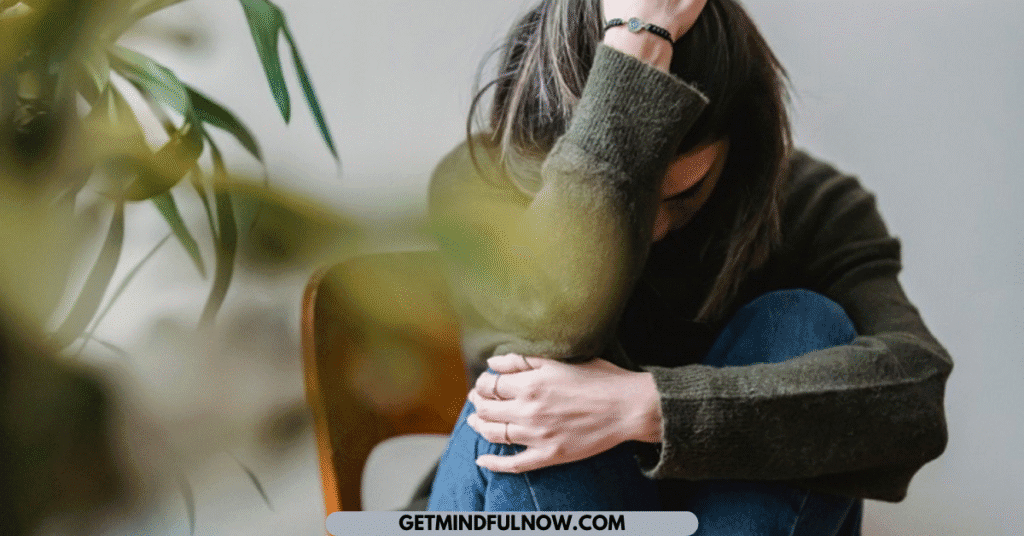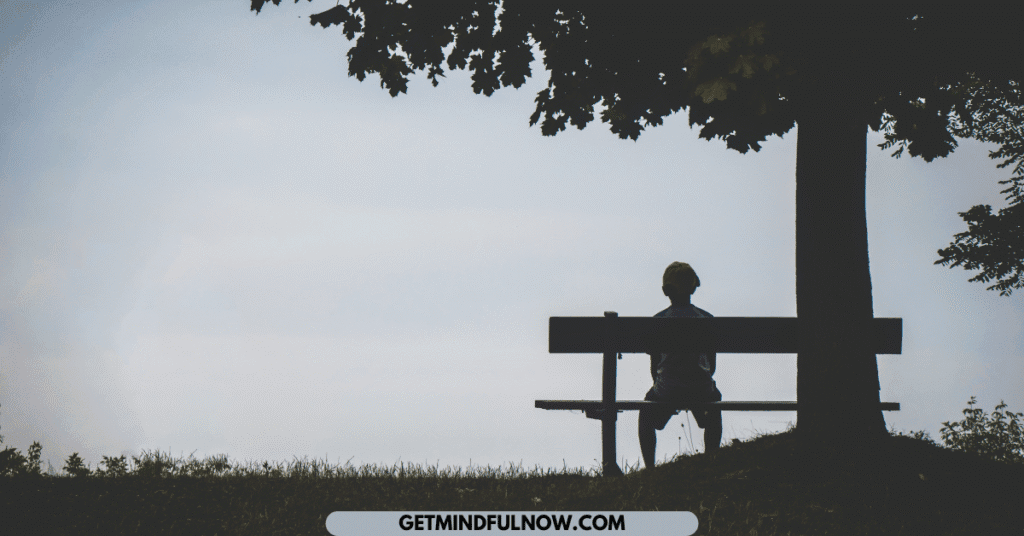For many years, I had been searching for answers. Why am I unable to do my best in whatever I attempt? Why do I feel stuck no matter how much inner work I do? Why can’t I find the reason for the recurring challenges in my life? Despite diving deep into my healing journey, a weight on my shoulders grows heavier with time. I feel so lost some days that life seems like an abject disappointment.
The Influence of Childhood
I knew my childhood had much to do with my current issues, but why couldn’t I resolve them even after years of dedicated work? It’s not that I got zero results, but there is a deep sense of pain and burden that blocks my progress toward a bigger purpose.
A Transformative Insight
My search was not in vain. One day, during a two-hour meditation, I felt a window open, allowing me to see my ancestors, particularly my grandmother. She carried a huge burden on her shoulders. This insight led me to dig deeper into the material available on generational trauma. I committed myself 100% to learning, practicing, finding errors, and starting again until I began to feel the weight lifting from my shoulders.
Understanding Generational Trauma
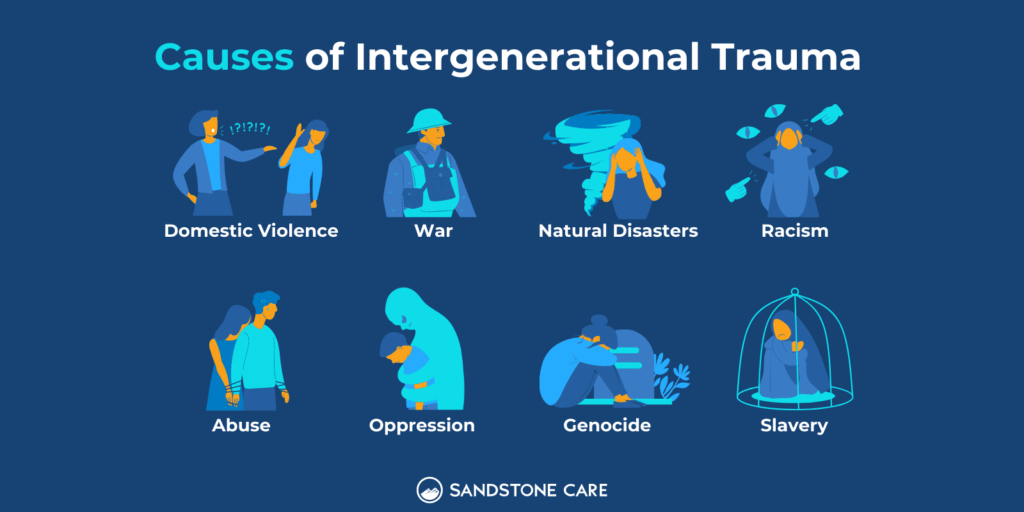
Here, I share what I have learned about the trauma that passes down through generations. I am a pragmatic person, so be ready for scientific proof.
What Happens When Trauma Occurs?
When trauma is experienced, it shuts down our medial prefrontal cortex, which is responsible for experiencing the present moment. Our speech also gets impaired, according to Dr. Bessel van der Kolk, a Dutch psychiatrist. He explains that when people relive their traumatic experiences, the frontal lobe gets impaired, and the terror of trauma hinders the brain’s memory pathways, making it difficult for the victim to speak or describe what happened.
Our thoughts become scattered, and we often forget the memories of the experience. Yet, the trauma stores itself in fragments of images, sounds, and body sensations. These parts go into our unconscious, which Freud called “repetition compulsion” because we reenact those parts of the trauma throughout our lives. According to the WHO, 70% of people encounter some type of trauma in their lifetime.
Carl Jung said, “Whatever is not conscious will be experienced as fate.” We repeat patterns by reacting to certain situations, events, and people in a familiar old way that signals a past behind our triggers. This can happen when trauma left unresolved in previous generations seeks to be experienced by us.
Recognizing Generational Trauma
Therapists often observe how unresolved, repressed, and blocked life experiences manifest in clients’ slips of the tongue, dreams, and repetitive behaviors. Emerging trends in psychotherapy have started to consider the family history of trauma during assessments.
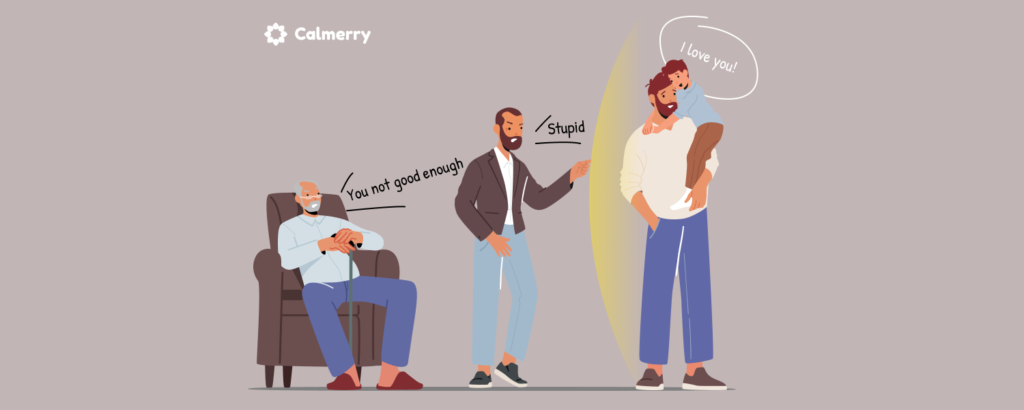
Scientific Evidence of Generational Trauma
Trauma passing down generations is not a new concept, but now science has confirmed the link with biological markers. Rachel Yehuda, a pioneer in the field and a professor of psychiatry and neuroscience at Mount Sinai School of Medicine, is one of the world’s leading experts in post-traumatic stress disorder (PTSD).
Yehuda’s research shows how descendants of trauma survivors carry the physical and emotional symptoms of traumas they have not directly experienced. Her studies on Holocaust survivors, war veterans, and pregnant mothers who developed PTSD after the World Trade Center attacks found that their children were born with low cortisol levels similar to their parents’, predisposing them to PTSD symptoms.
According to Yehuda, we are three times more likely to experience PTSD symptoms if one of our parents had PTSD, leading to a higher likelihood of depression or anxiety. She believes this generational PTSD is inherited rather than occurring from exposure to our parents’ stories of their ordeals.
Case Study from the book it didn’t start with you by Mark Wolynn
Gretchen battled severe depression and anxiety for years, trying various treatments without success. Despite medications and therapy, her symptoms persisted, leading her to contemplate suicide. During a session, her words “vaporize” and “incinerate” struck a chord, reminding me of Holocaust survivors’ descendants.
After discovering that her grandmother’s entire family was killed in Auschwitz’s gas chambers, Gretchen began to understand her suffering from a new perspective. Through exercises that connected her with her grandmother’s trauma, Gretchen started to relax, realizing her suicidal urges were intertwined with her family’s past. This newfound understanding provided her with a sense of relief and a clearer path to healing.
The Positive Aspects of Generational Trauma
While generational trauma has long-term effects, it also has positive aspects. We are born with many capabilities due to our parents’ trauma, giving us more resilience to move through life.
Inner Imagery Healing Guide
1. Connecting with Your Ancestors
Step-by-Step Guide:
- Find a Quiet Space: Choose a calm, quiet environment where you can meditate without distractions.
- Set Your Intention: Close your eyes and take a few deep breaths. Set a clear intention to connect with your ancestors for healing.
- Visualize a Safe Space: Imagine a peaceful, safe place where you can meet your ancestors. This could be a beautiful garden, a serene beach, or any place that feels comforting to you.
- Invite Your Ancestors: Visualize a door or a pathway in your safe space. Invite your ancestors to join you. Be open to whoever appears, trusting that the right ancestors will come forward.
- Feel Their Presence: Allow yourself to feel the presence of your ancestors. You might see them clearly, sense their energy, or feel their emotions. Trust whatever comes up.
- Communicate Your Intentions: Speak to your ancestors, either out loud or in your mind. Express your desire to release the trauma that has been passed down through generations.
- Ask for Healing: Visualize your ancestors taking the pain and discomfort from you. See them lifting the burden off your shoulders. Feel their love and support as they bless you for a better life.
- Receive Their Blessing: Imagine your ancestors surrounding you with light and love, blessing you with strength, resilience, and healing. Feel this energy filling your entire being.
- Express Gratitude: Thank your ancestors for their support and healing. Feel the connection between you and them strengthening.
- Return to the Present: Slowly bring your awareness back to your physical surroundings. Take a few deep breaths and open your eyes when you’re ready.
2. Journaling Exercises
Step-by-Step Guide:
- Daily Reflection: Dedicate 10-15 minutes each day to journaling about your feelings, thoughts, and any insights gained from your meditative practice.
- Family History: Write down what you know about your family’s history, focusing on any patterns of trauma or struggle.
- Personal Connections: Reflect on how these patterns might be affecting your current life. Write about specific instances where you feel a connection to your ancestors’ experiences.
- Letters to Ancestors: Write letters to your ancestors, expressing your feelings, asking for guidance, and sharing your healing journey.
- Affirmations: Create affirmations to reinforce your intention to heal. Write them down and repeat them daily.
Healing from generational trauma is a deeply personal and transformative journey. By connecting with your ancestors through inner imagery, and journaling you can release the burdens of the past and embrace a future filled with healing and resilience.
Conclusion
Understanding and addressing generational trauma is crucial for breaking the cycle of pain and suffering that can be passed down through families. By recognizing the influence of our ancestors’ experiences, we can heal not only ourselves but also pave the way for future generations to live free from the burdens of the past.

